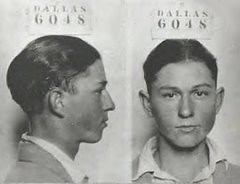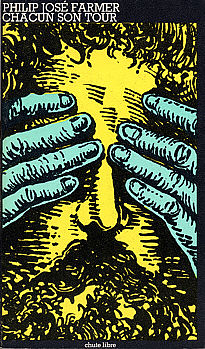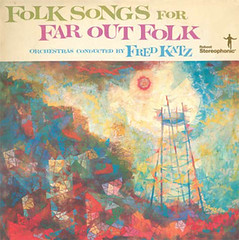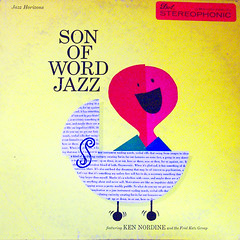Island Records @50
Island Records celebrates its 50th in May. Props to Simon Reynolds for summarizing Island’s succes as managing “in its heyday to achieve that rare feat: combining commercial success with artistic integrity.”[1]
In other words: not selling out.
Padlock EP, one of my most prized Island Records releases
Click the footnotes to hear all four tracks.
The Padlock EP is a compilation of 4 musical compositions written for Gwen Guthrie. The rhythm section to the studio project consisted of Sly and Robbie, keyboards were by Wally Badarou, and mixing and remixing was done by Larry Levan. The Padlock mini-LP was released in 1983 on the Garage Records label and included “Hopscotch“[1], “Seventh Heaven“[2], “Getting Hot“[3], “Peanut Butter“[4] and ends with the title track “Padlock”[5]. The sleeve of the German Island pressing was designed by Tony Wright, the illustrator who was also responsible for the artwork to Lee Perry‘s Return of Super Ape album.









